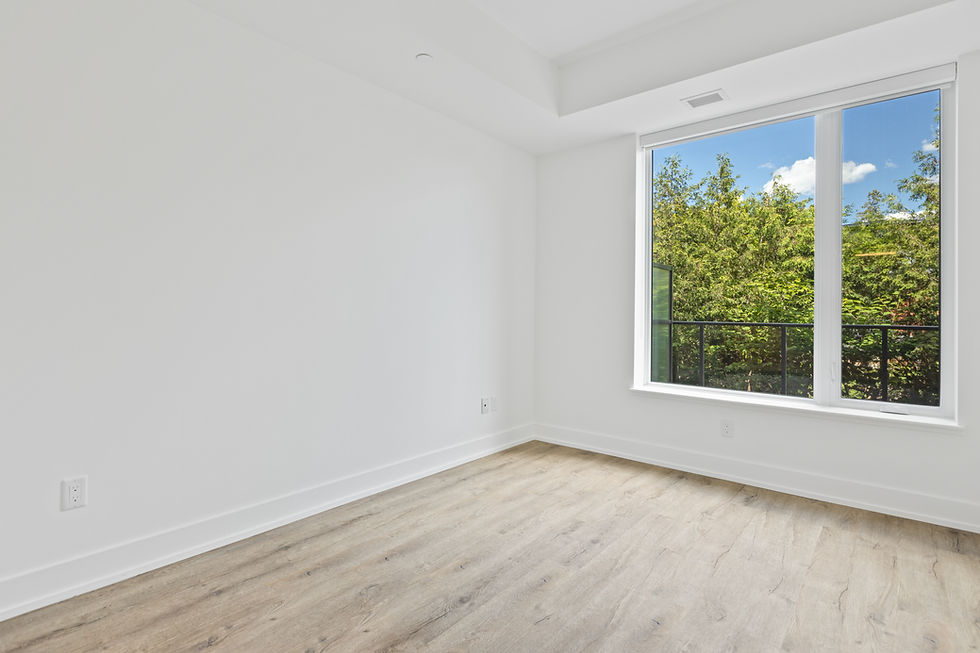3 Mistakes Property Owners Make When Self-Managing Rentals
- Flatmint
- Apr 7
- 2 min read

Self-managing a rental property might seem cost-effective at first—but even experienced property owners can run into costly roadblocks. From compliance risks to unexpected vacancies, here are three common mistakes owners make when they try to go it alone.
1. 🧾 Underestimating Legal Requirements
Seattle has some of the most complex rental laws in the country. Between “First-in-Time,” notice periods, rent control ordinances, and inspection requirements, it’s easy to miss a regulation—and mistakes can lead to penalties or legal disputes.
Flatmint stays fully compliant with Seattle’s rental laws, so you don’t have to study city ordinances just to protect your investment.
2. 🔍 Inconsistent or Incomplete Tenant Screening
Relying on intuition or skipping reference checks can cost you in the long run. Without a formal screening process, you risk approving tenants with a history of missed rent payments, eviction, or lease violations.
At Flatmint, we use proven tools to evaluate every applicant’s credit, income, rental history, and more, ensuring you get the most qualified and reliable tenants possible.
3. 📅 Delayed Maintenance & Communication
Managing repairs, responding to tenant requests, and keeping up with renewal deadlines takes time—and it’s easy to fall behind when you have a full plate. But poor communication and slow maintenance can lead to unhappy tenants and costly turnover.
Flatmint handles maintenance, tenant communications, and renewals proactively, giving you peace of mind and helping reduce vacancy rates.
Skip the Stress. Stay Profitable.
You invested in a rental property to build income, not a second job. With Flatmint, you get a team that handles every detail—from tenant placement to legal compliance—with transparent flat rate pricing and consistent results.
Contact us to learn more about how we simplify property ownership.




Comments